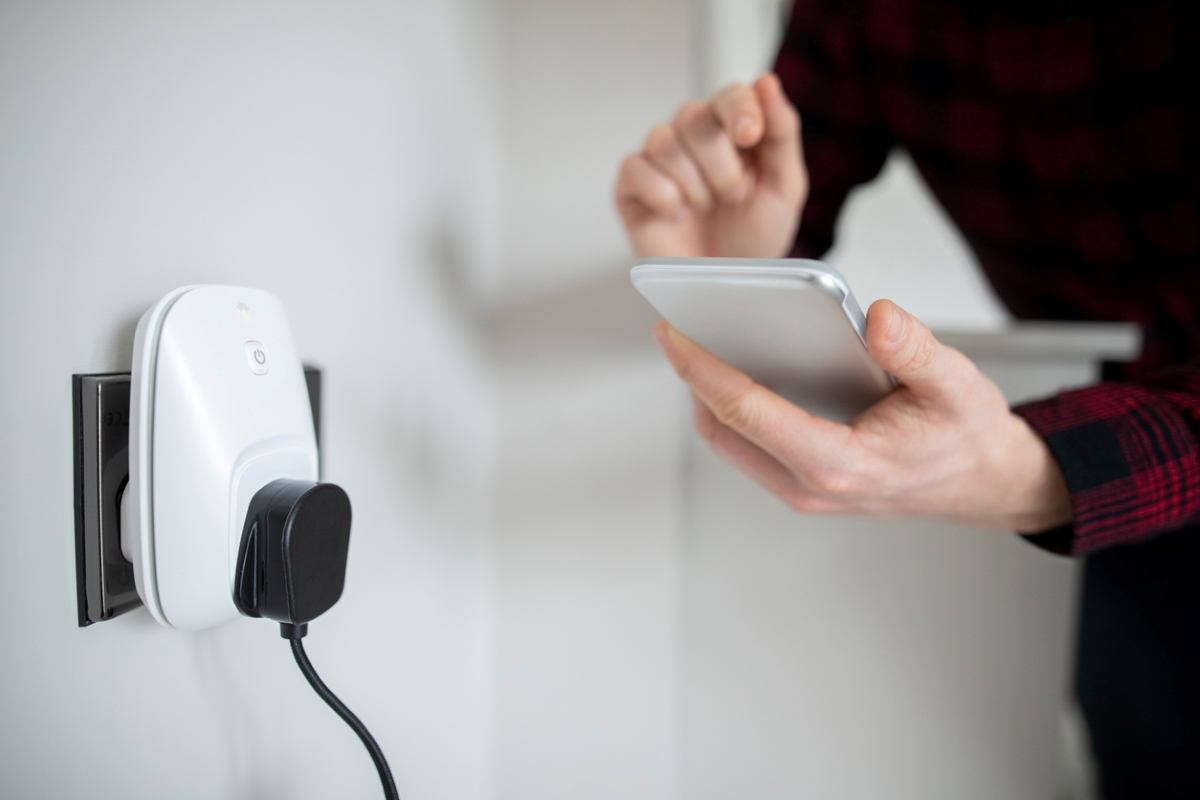We may earn revenue from the products available on this page and participate in affiliate programs. Learn More ›
By now we’re all aware of smart plugs’ ability to control lights with voice commands or a smart device, but did you know that smart plugs are also one of the easiest and most affordable ways to make your home more energy efficient? With a smart plug, you can set schedules to turn off lamps, coffee makers, gaming consoles, and other devices when they’re not in use, helping you cut your home’s energy costs. Many smart plugs also allow you to track energy use in your home so you can see which appliances are costing you the most money. Ahead, learn the many ways that smart plugs can improve your home’s energy efficiency.
1. Cut your latent energy use.
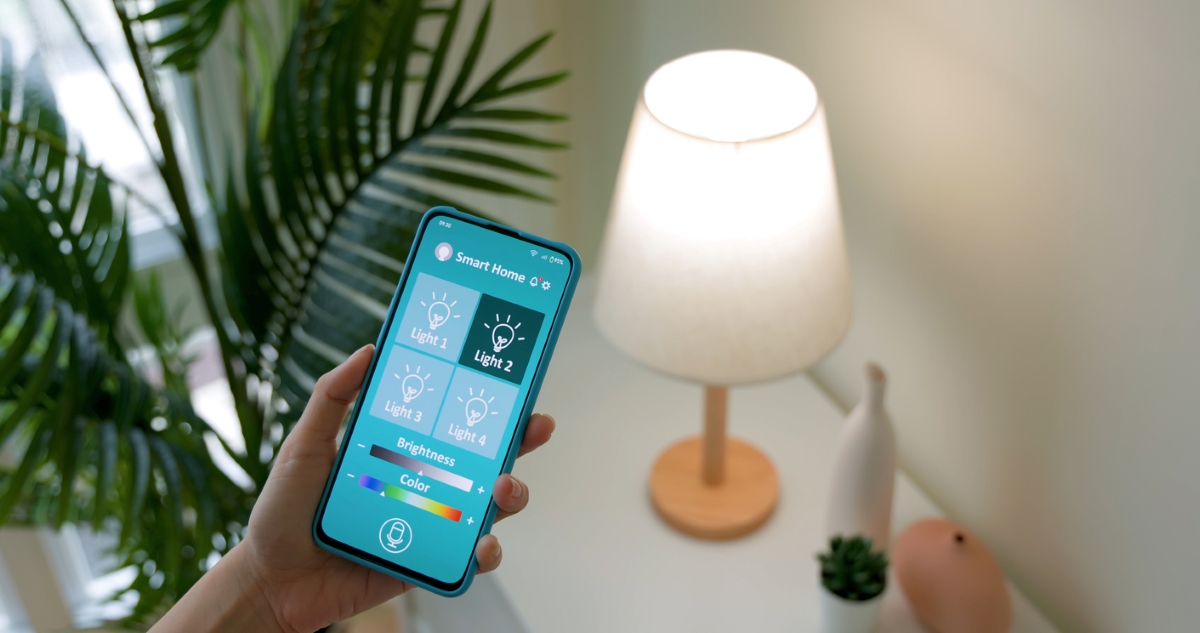
Many devices in your home use energy even when they aren’t technically on, including gaming consoles, computers, televisions, and monitors. In fact, these energy vampires can account for up to 20 percent of your home’s energy bill, or hundreds of dollars each year. With a smart plug, you can cut off electricity to these devices without having to physically unplug them from the wall. You can even set timers to cut them off during periods when they’re typically not in use, such as at night or when you’re at work.
RELATED: How to Make Your House a Smart Home In Just 8 Steps—And The Best Devices to Buy First
2. Turn off outlets from anywhere.
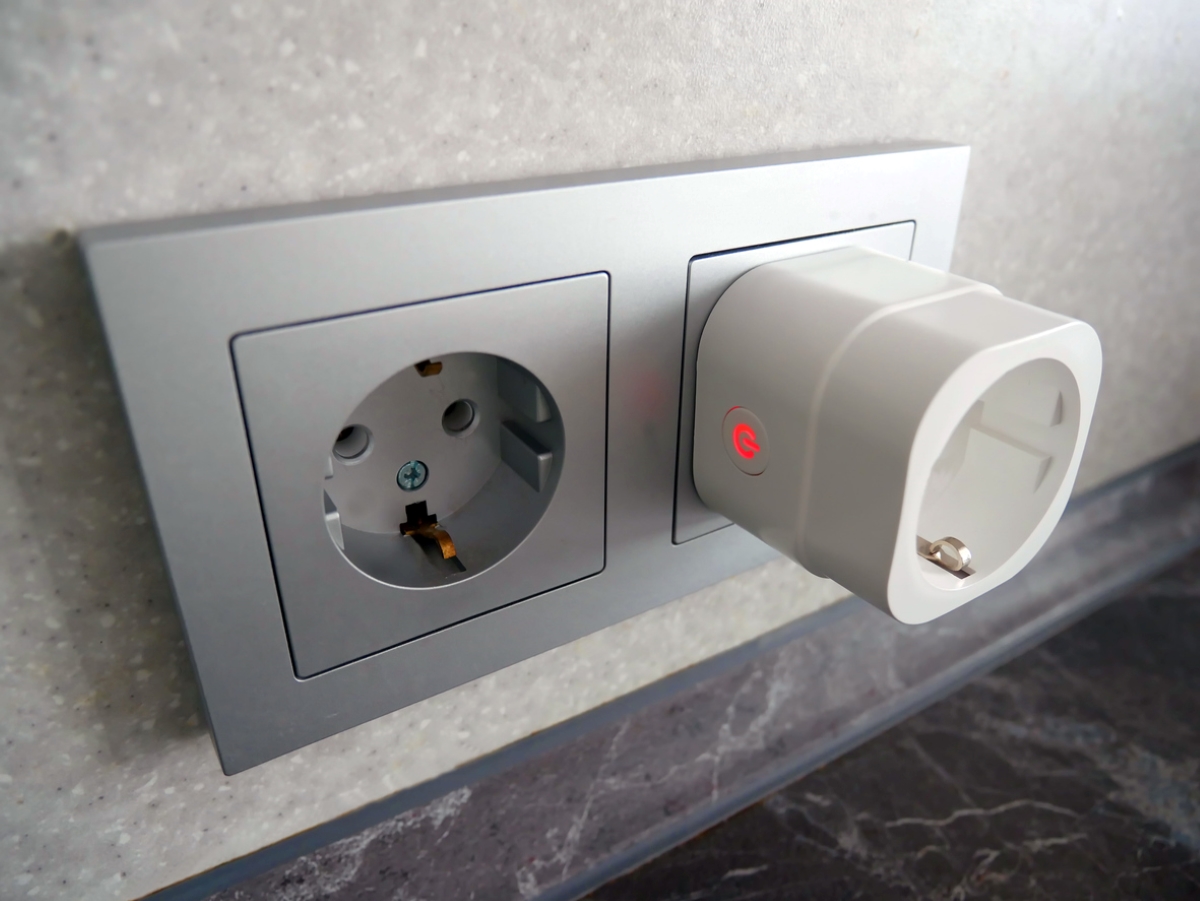
With the morning rush to get the kids to school and make that busy commute to work, it’s no wonder that you occasionally leave your bedside lamp, curling iron, or coffee maker on accidentally. With a smart plug, you can cut those appliances off from work or anywhere else you happen to be. Not sure you’ll remember to check after you arrive at work? Then set a timer so the outlet automatically shuts off at a certain time every day. Not only will this help you save money on your energy bill, it will also make your home safer by ensuring appliances that create a fire hazard aren’t left on unattended.
RELATED: 15 Things You Should Never Plug Into a Power Strip
3. Track energy usage.
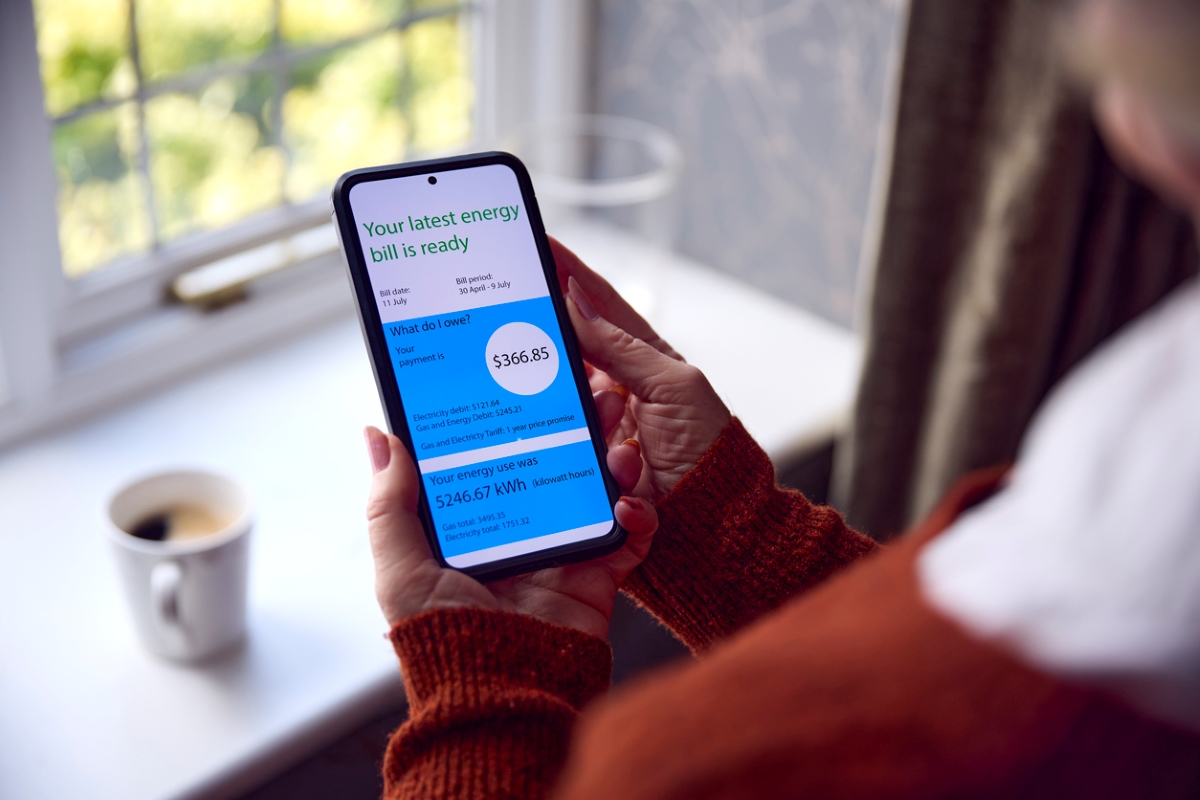
Just as it’s hard to track your finances if you’re not keeping records of what you spend, it’s very difficult to track your energy usage without knowing how you’re using energy. A smart plug solves that problem by keeping detailed data that breaks down how much energy your appliances, lamps, and other electronics are using during each hour of the day. You can even enter your utility rates to get an estimate of how much that light or appliance is costing you each month so you can make informed choices about cutting back your energy use.
4. Use If This Then That technology.
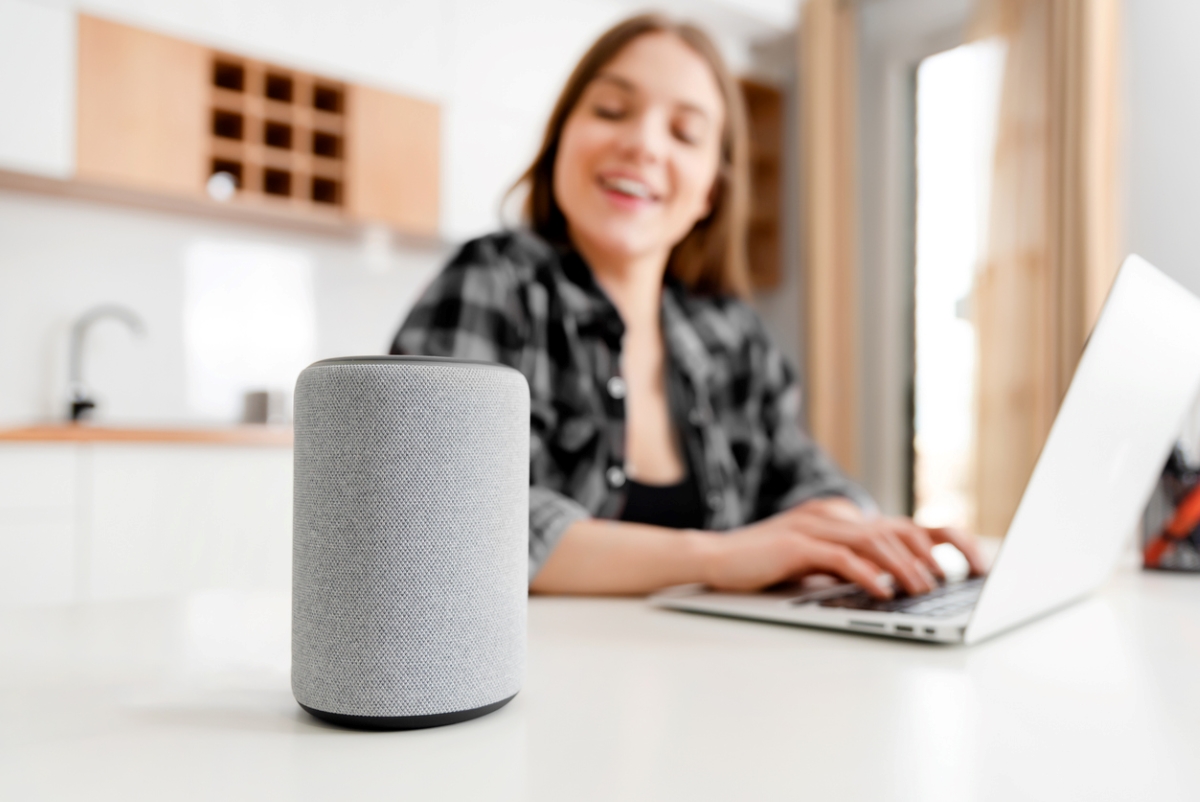
Smart plugs that support If This Then That (IFTTT) technology automate the process of saving energy so you don’t have to remember to turn electronics off when they’re not in use. Using IFTTT, you can go beyond setting timers and schedules to actually automating electricity use based on your activities in the home. For example, with IFTTT technology, you can link your smart outlet to a digital assistant like Alexa or Google Assistant, and then have the plug automatically shut off the lights, fan, or even a space heater when the digital assistant tells it that the room is unoccupied.
5. Create schedules.
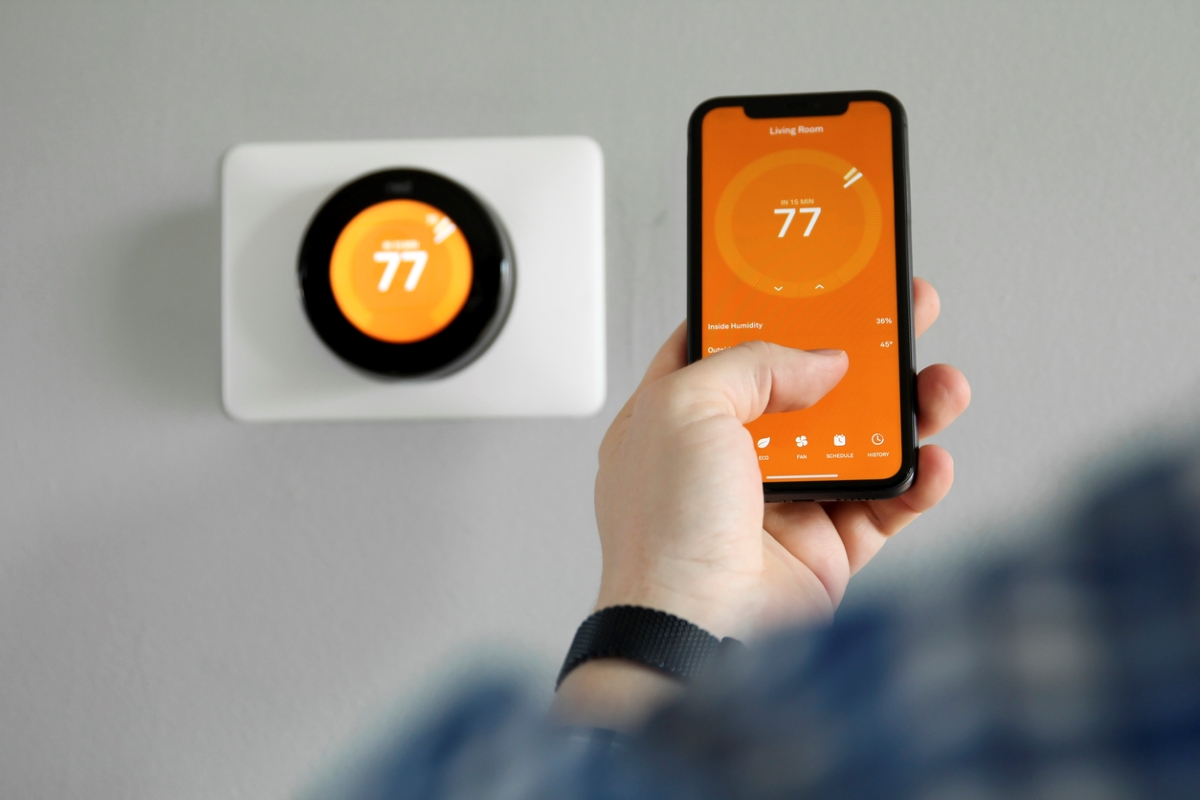
A smart plug gives you the ability to set on/off schedules via a smartphone app for any appliance, lamp, or electronic device that’s plugged into it. Once the smart plug is set up, you can create schedules or cut off the plug manually via your phone from virtually anywhere so lights, appliances with standby modes, TVs, computers, and other electronics aren’t using energy while you’re sleeping or at work.
RELATED: Hello, Homeowners: The 8 Most Useful Apps for Your Phone
6. Set up loop timers.
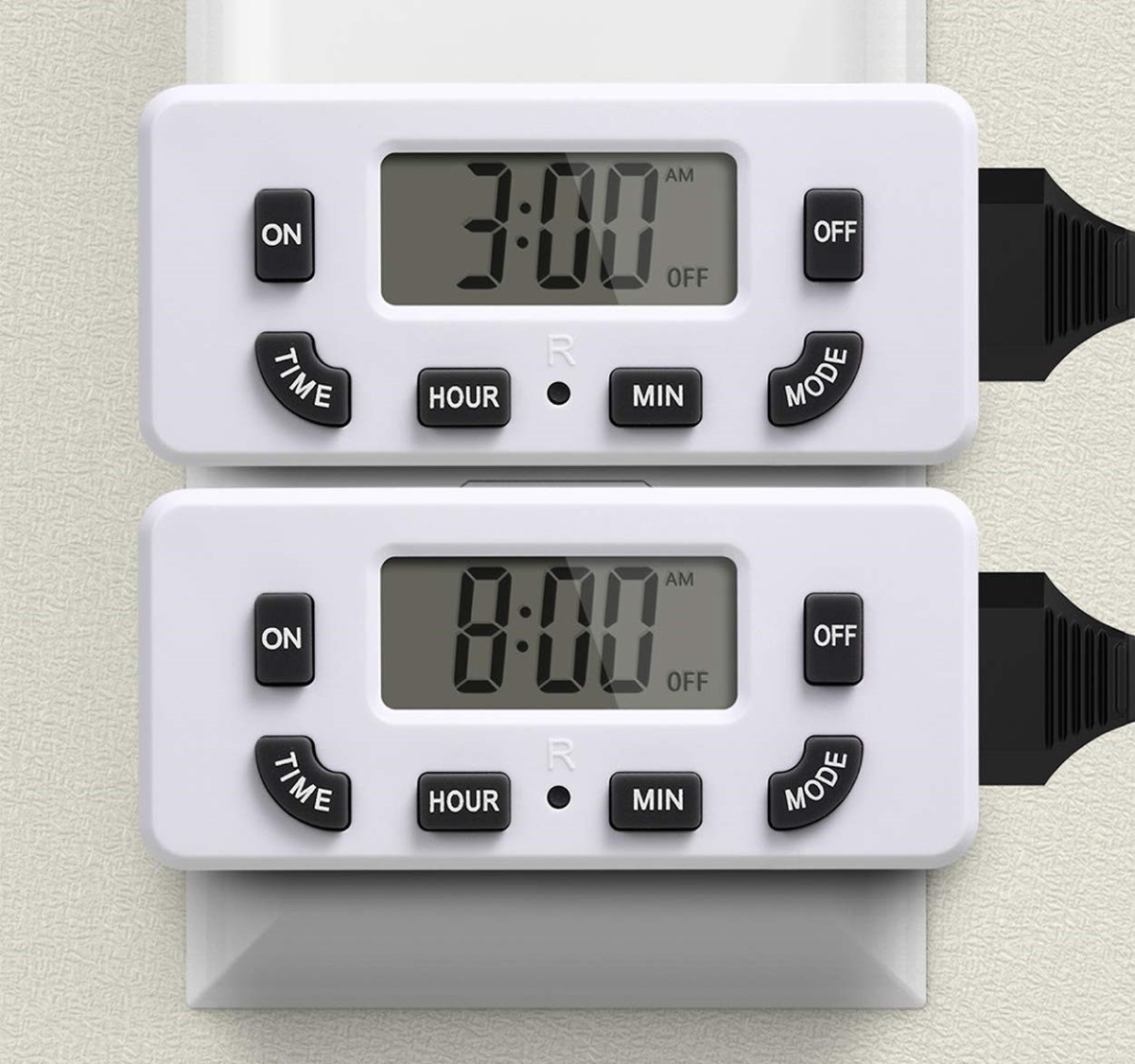
One of the newest features you’ll find on smart plugs are loop timers. These handy features allow you to set the smart plug to turn on and off repeatedly in intervals of varying lengths, helping you make pool filtration systems, fish tank pumps, security lights, and other appliances that need to cycle on and off more energy efficient.
7. Minimize peak-hour energy usage.
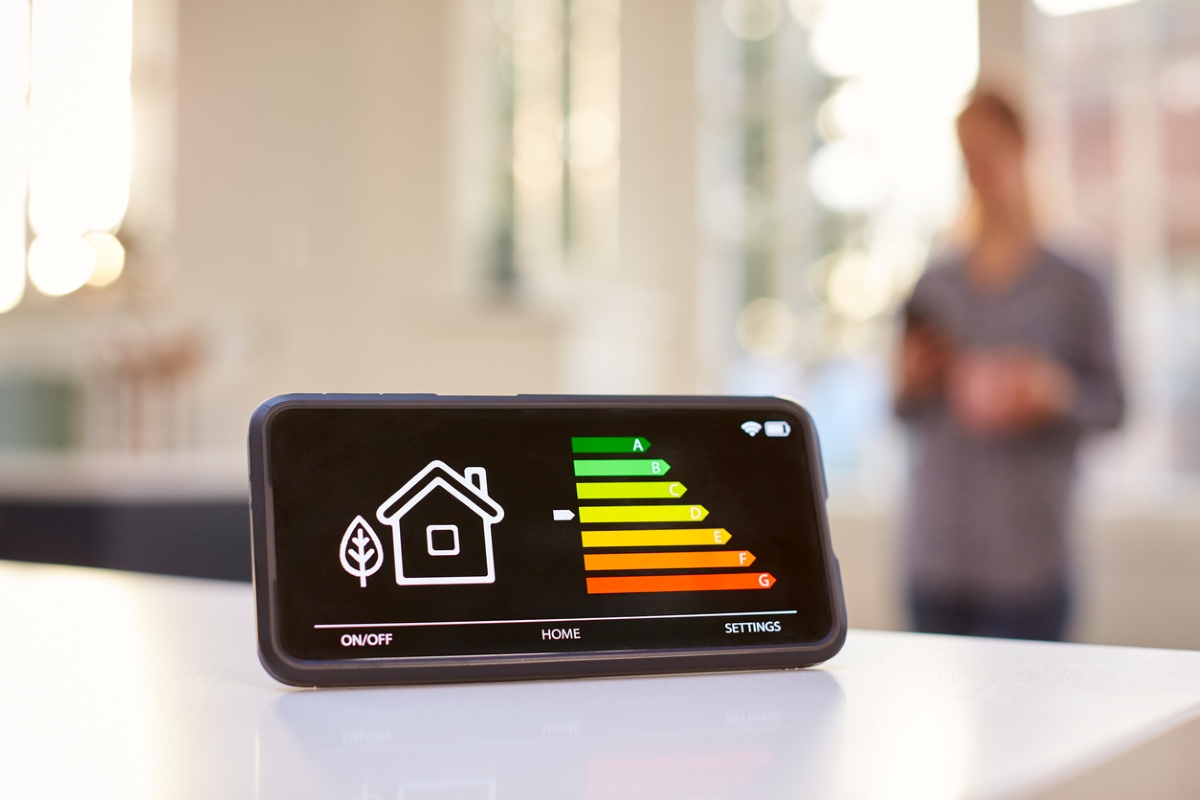
Most energy companies offer pricing programs that charge higher rates during peak energy usage, which is typically mornings and evenings during the winter and afternoons during the summer. A smart plug can help you take advantage of lower rates during off-peak hours, which are usually between 9 p.m. and 7 a.m. While this won’t work for electronics and appliances you need during peak hours, you can take advantage of off-peak rates for such tasks as charging smartphones, laptop computers, and lithium-ion batteries for power tools and yard equipment.
RELATED: How to Make Your House a Smart Home In Just 8 Steps—And The Best Devices to Buy First
8. Cut holiday light electric bills.

Smart plugs aren’t just for indoor use. There are also smart plugs rated for outdoor use for Christmas lights and other outdoor lighting. As with the indoor variety, these outdoor smart plugs allow you to set timers to shut off the lights at a specific time, helping you to keep your utility costs down when decorating your home with holiday cheer.
9. Monitor major appliance energy use.
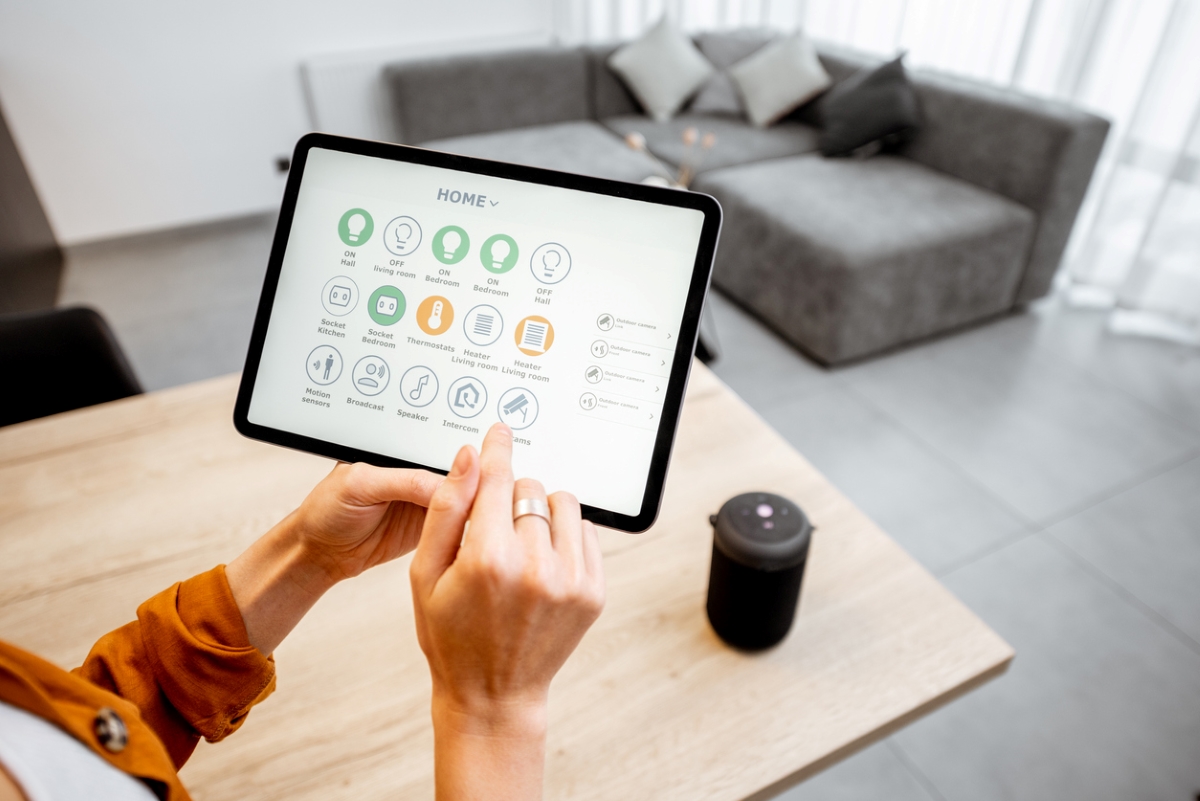
While you wouldn’t use a smart plug to turn a refrigerator, washing machine, or dishwasher off and on, you can use these devices to monitor their energy usage so you can find out exactly how much they’re contributing to your monthly electric bill. When you see how much energy these large appliances consume in real time, you can take measures to use them more efficiently, such as using a shorter cycle on your dishwasher or raising the thermostat on your window air conditioning unit by a few degrees.

